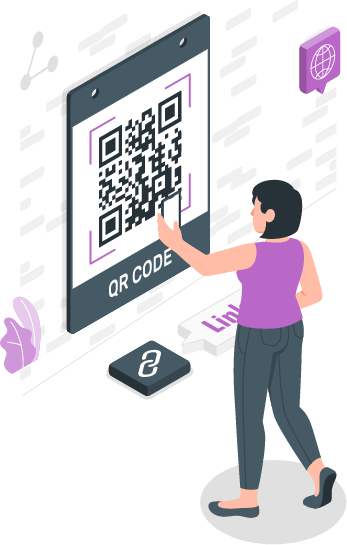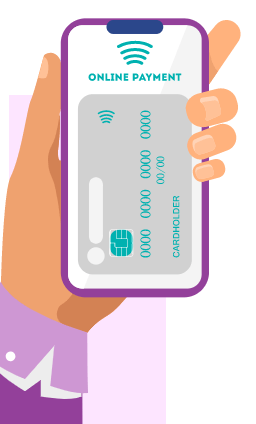Most contactless payment systems are based on RFID (radio frequency identification) or NFC (Near Field Communication) technologies. Not only do they guarantee quick effortless payments, but they also eliminate the need for PINs or signatures. The payments they power are twice as fast as normal cards and their many in built security features eliminate the possibility of duplicate payments and ensure end-to-end encrypted security. It is likely that dual interface cards, with chip and NFC, will become the standard in the near future.
The payment space has seen the most innovation with concepts like QR code-based payments, tap and pay POS terminals and card less ATMs. As COVID 19 continues to rage, countries are raising the contactless transactions limits to help keep customers and employees safe.2 Entities like Bank of America, Wells Fargo, Citibank, Bank Capital One and Chase have ramped up the issuing of EMV cards. Credit card giant Mastercard saw a 40 percent jump in contactless payments in the first quarter of last year. This includes tap to pay and mobile pay options.3 Even point of sales banking is going through a significant transformation with financing platforms allowing retailers to get pre-approved offers from multiple lenders for the customer to choose from without paperwork. These platforms are slowly becoming industry standards in the contactless lending area. The mobile payments space is also evolving rapidly, with many big brands like Google Pay, Apple Pay, Venmo, MasterCard, and PayTm leveraging new technologies to offer innovative seamless smartphone-based payment options. Tokenization makes mobile wallets a very secure medium for payments.




